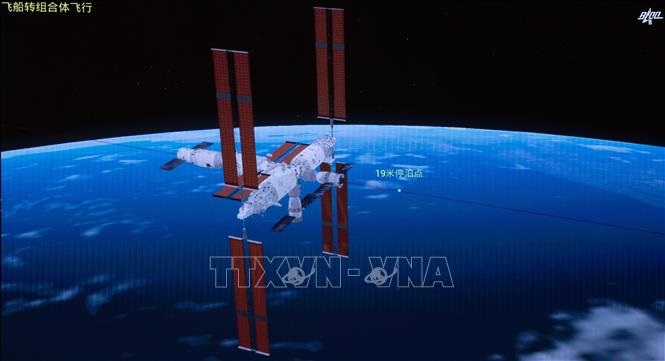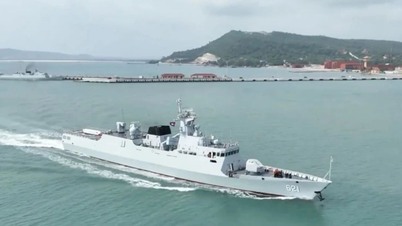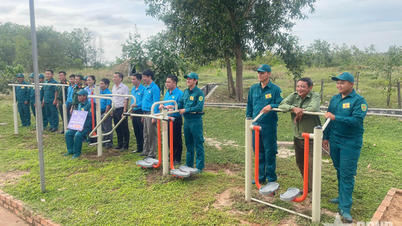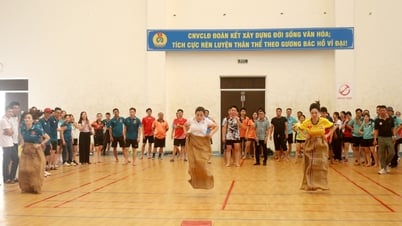
According to the Daily Mail (UK), this camera can operate from space, mounted on a satellite and still clearly recognize the faces of people on Earth. The device is even capable of taking high-resolution images of military satellites from other countries orbiting our planet.
The technology has been described by scientists in a new paper and could be deployed on satellites in the near future. However, many people are concerned about the security of this system.
“Millimeter resolution from 60 miles up? This is surveillance at an incredibly sophisticated level,” Robert Morton, an author and member of the Association of Former Intelligence Officers (AFIO), said on Twitter.
Meanwhile, Julia Aymonier, Director of Digital Transformation at API, posted on Linked: “The future of surveillance from space is here and more powerful than we imagined.”
The new spy camera was developed by the Aerospace Information Research Institute of the Chinese Academy of Sciences in Beijing. It uses a system called synthetic aperture lidar (SAL), a remote sensing technology that works by emitting pulses of light energy and recording the amount of energy reflected back.
SAL technology can operate day and night, creating 2D and 3D models of the Earth's surface in a variety of weather conditions. By using optical waves, the technology allows for extremely detailed images, described as a quantum leap in the field.
The tests were successfully conducted at Qinghai Lake, a region in northwest China, when the SAL device was used to observe a target 101.8 km away. The results showed that the captured images were exceptionally sharp at this distance, close to the boundary of space.
Remarkably, the device can detect details as small as 1.7 mm and measure distances with an error of just 15.6 mm. However, SAL technology requires moving objects, such as satellites, to achieve the best resolution.
The camera would therefore need to be mounted on Chinese satellites, or even on the country's Tiangong Space Station, a rival to the International Space Station (ISS) that was launched in 2021. Tiangong is currently traveling at 27,000 km/h in low Earth orbit, 340 to 450 km above the planet's surface.
China operates about 300 other low-orbit surveillance satellites, according to the Center for Strategic and International Studies. Among them, the Yaogan-41 satellite, launched in December 2023, is used to test new technology in low-orbit satellite constellations.




![[Photo] Nearly 3,000 students moved by stories about soldiers](https://vphoto.vietnam.vn/thumb/1200x675/vietnam/resource/IMAGE/2025/5/17/21da57c8241e42438b423eaa37215e0e)







![[Photo] Explore the Great Wall of Water in the Suburbs of Beijing, China](https://vphoto.vietnam.vn/thumb/402x226/vietnam/resource/IMAGE/2025/5/5/c2e706533d824a329167c84669e581a0)









![[Video] Mekong Delta attracts tourists with many unique destinations](https://vphoto.vietnam.vn/thumb/402x226/vietnam/resource/IMAGE/2025/5/17/59630b2596bf44419c0f9ef12b8a47a5)































































![[Infographic] Numbers about the 2025 High School Graduation Exam in Dong Thap Province](https://vphoto.vietnam.vn/thumb/402x226/vietnam/resource/IMAGE/2025/5/17/c6e481df97c94ff28d740cc2f26ebbdc)



















Comment (0)